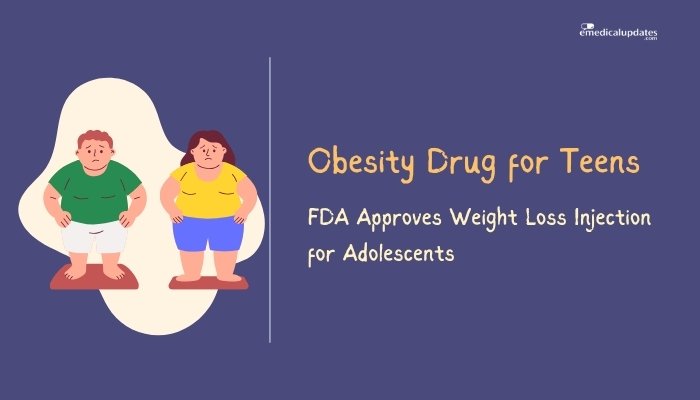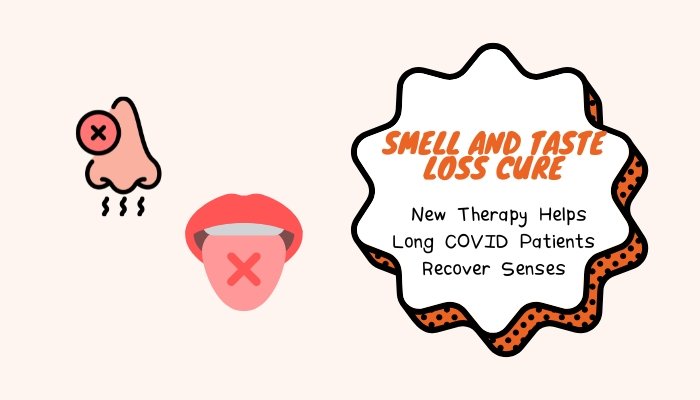Introduction
Valley fever—also known as coccidioidomycosis—is a fungal infection most prevalent in the Southwestern United States, parts of Mexico, and Central/South America. Often caused by inhaling spores of Coccidioides fungi, it can lead to symptoms ranging from mild flu-like illness to severe pneumonia, and occasionally chronic lung problems or disseminated disease.
Despite its significant public health impact, no vaccine has been available—until recently. New research shows promising progress toward a Valley Fever vaccine that may offer long-term protection, especially for vulnerable groups in endemic areas. This article details the basics of Valley Fever, why a vaccine is so valuable, and where current clinical trials stand.
Understanding Valley Fever
Causes and Spread
Valley Fever arises when individuals inhale airborne fungal spores from disturbed soil in arid climates:
- Fungal Species: Coccidioides immitis and Coccidioides posadasii.
- Transmission: The disease doesn’t spread person-to-person; contact with contaminated dust or soil is key.
- Geographical Hotspots: Southern Arizona, central California, southwestern Texas, and parts of northern Mexico.
Symptoms and Severity
Symptoms typically begin 1–3 weeks after exposure:
- Mild to Moderate: Flu-like signs—fever, cough, chest pain, fatigue—often resolve spontaneously.
- Severe: Some experience persistent pneumonia or disseminated infection affecting bones, joints, or the central nervous system.
- High-Risk Groups: Immunocompromised people, pregnant women, and certain ethnic groups face more severe disease risk.
Why a Vaccine Is Needed
Burden of Disease
- Rising Incidence: Climate shifts and population growth in endemic regions drive more cases, straining healthcare systems.
- Potentially Chronic: For some, infection leads to prolonged lung issues or extra-pulmonary complications needing lengthy antifungal therapy.
- Economic Impact: Lost work days, medical costs, and potential long-term disability emphasize the need for preventative solutions.
Limits of Current Treatments
Antifungals like fluconazole or itraconazole help manage symptoms but must be taken for extended periods in severe cases, often with side effects or incomplete efficacy. A prophylactic vaccine could prevent infection or mitigate disease severity early on, especially in at-risk populations.
Development of a Valley Fever Vaccine
Antigen Discovery
Researchers have identified key fungal antigens—proteins or components that trigger immune responses. Ongoing work focuses on:
- Pathogen-Specific Targets: Antigens unique to Coccidioides, reducing the chance of cross-reactivity with beneficial or harmless fungi.
- Immunogenic Epitopes: Peptide sequences that best elicit a protective T-cell or antibody response.
Formulation Approaches
Two main approaches appear in labs:
- Subunit Vaccines: Purified proteins or peptides combined with adjuvants to boost immunogenicity.
- Live Attenuated or Killed Whole-Organism: Not as common due to safety concerns—subunit strategies are generally safer.
Preclinical Results
In animal models—particularly mice—vaccine candidates have shown:
- Reduced Fungal Burden: Lower spore counts and less severe lung pathology.
- Long-Lasting Immunity: Some constructs maintain protective immunity over months, a promising sign for real-world use.
Clinical Trials and Progress
Early Human Data
While still in preliminary phases, some vaccine prototypes have entered Phase I trials to assess safety in humans:
- Acceptable Tolerability: Early results show mild injection-site reactions or fever, typical of many vaccines.
- Immunological Signatures: Indications of robust T-cell and antibody responses in a portion of volunteers.
Next Steps
Developers aim to:
- Expand Trial Populations: Testing individuals living in endemic regions or those at higher occupational risk (farmers, construction workers).
- Longer-Term Efficacy Studies: Determining if vaccination truly prevents infection or significantly reduces symptom severity over years.
Potential Benefits of a Successful Vaccine
- Decreased Infections: Significantly reducing symptomatic disease in highly impacted areas.
- Lower Healthcare Burden: Fewer complications and hospital stays from severe or disseminated forms.
- Improved Work Productivity: People living in or traveling to desert climates can avoid extended downtime due to infection.
Challenges and Considerations
Genetic Diversity of Fungi
Coccidioides has multiple strains with possible antigenic variations. A broad-spectrum vaccine must cover these differences for wide coverage.
Durability of Response
Scientists must prove long-lasting immunity. If boosters are needed, establishing intervals is key, especially for seasonal or risk-based usage.
Cost and Distribution
Vaccinating entire populations in southwestern U.S. or globally in sporadic pockets requires robust funding and public health infrastructure. Pricing and acceptance also matter, especially if perceived risk is low outside outbreak spikes.
Frequently Asked Questions
- Is the vaccine available now?
- No. While some candidates have advanced in the research pipeline, no licensed Valley Fever vaccine exists yet.
- How is the vaccine administered?
- Most subunit vaccines are intramuscular shots. Protocol specifics will emerge once it nears approval.
- Do existing antifungal drugs become obsolete if a vaccine arrives?
- Not necessarily. Therapeutics remain essential for breakthrough or severe cases. The vaccine would mainly aim at prevention or mitigating severity.
- What if I already had Valley Fever—do I need a vaccine?
- Past infection can confer some immunity, but reinfection or relapse is possible. Further trials may clarify vaccine recommendations for previously infected individuals.
- Will travelers to endemic areas get the vaccine?
- Potentially, yes—similar to how travelers get region-specific shots. Full usage guidelines await official licensing and public health policies.
Conclusion
The prospect of a Valley Fever vaccine signifies a pivotal advance in the century-long quest to contain coccidioidomycosis. By leveraging targeted fungal antigens and novel immunization strategies, scientists hope to protect those living in or visiting endemic regions from severe illness and complications. Although still in the trial phase, early findings are promising, suggesting that immunized individuals could develop robust defenses against inhaled spores.
As development continues, experts anticipate that a successfully deployed vaccine could drastically reduce the disease burden, providing a crucial new tool in the fight against this elusive fungal threat. Time will tell if ongoing research leads to wide-scale availability, but for many in the southwestern U.S. and beyond, a future with fewer cases of Valley Fever may be on the horizon.
References
-
- Galgiani JN, et al. (2020). “Progress in Coccidioidomycosis Vaccine Development.” Clin Infect Dis.
-
- Shubitz LF, et al. (2021). “Prospects of new prophylactic approaches for Valley Fever.” Mycopathologia.
-
- CDC (2023). “Valley Fever (Coccidioidomycosis).”
-
- Tabor DE, et al. (2019). “Novel subunit vaccine candidates for fungal pathogens.” Curr Opin Immunol.







